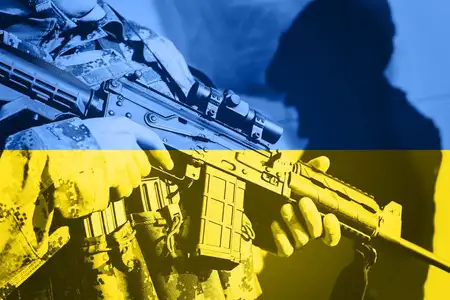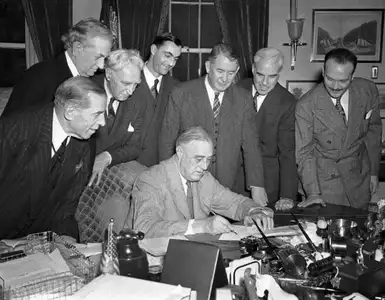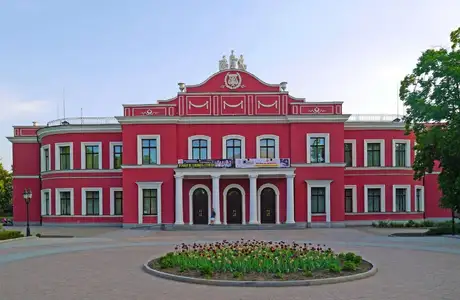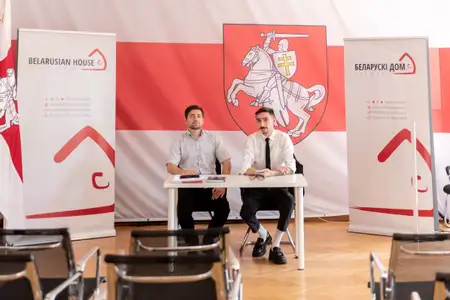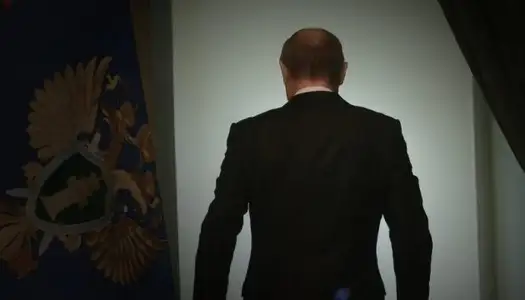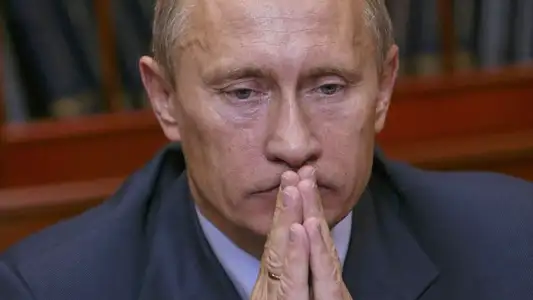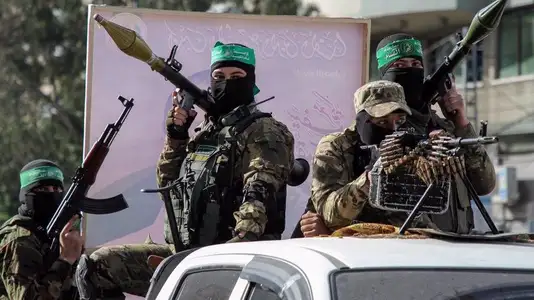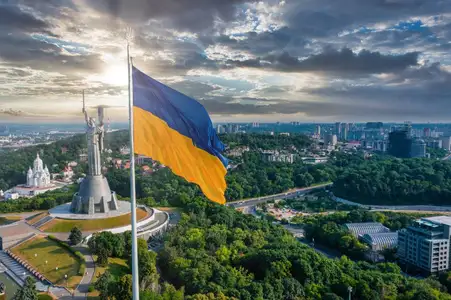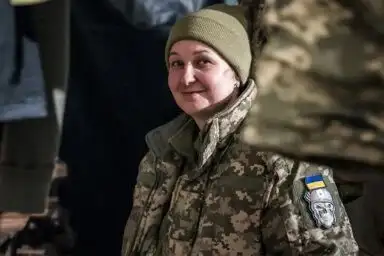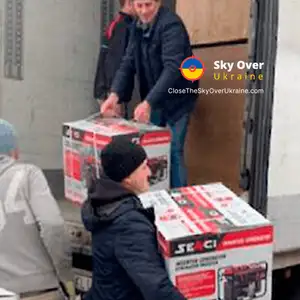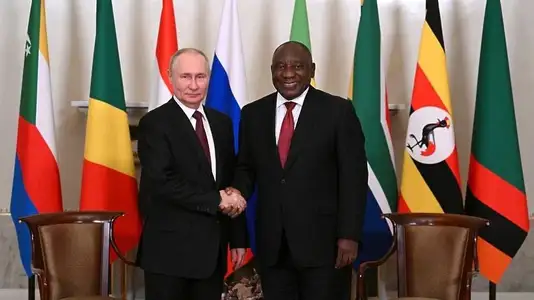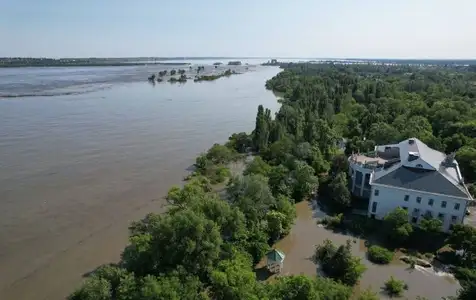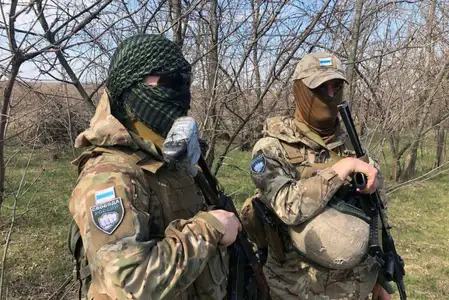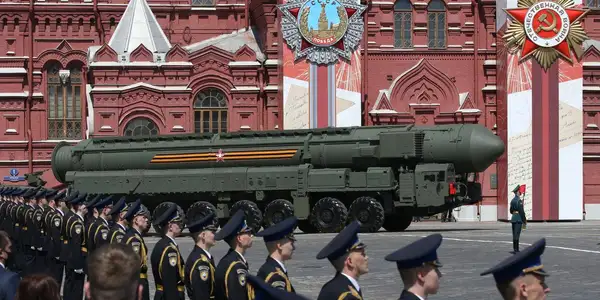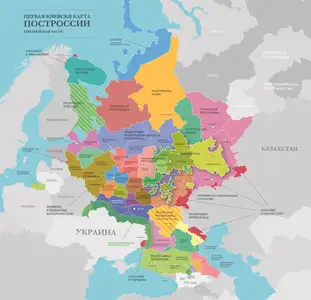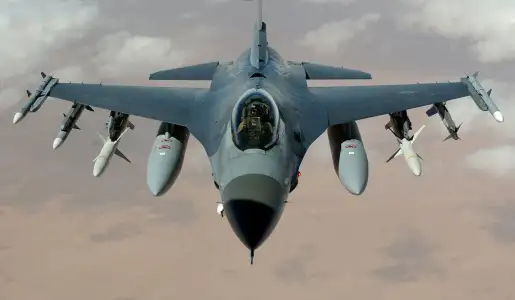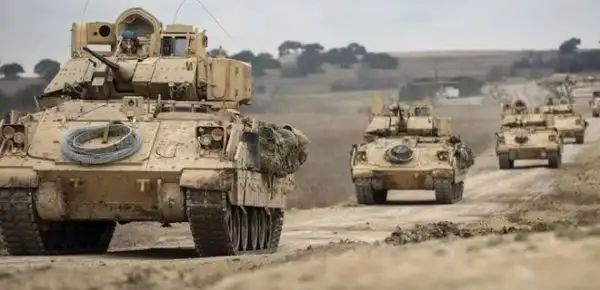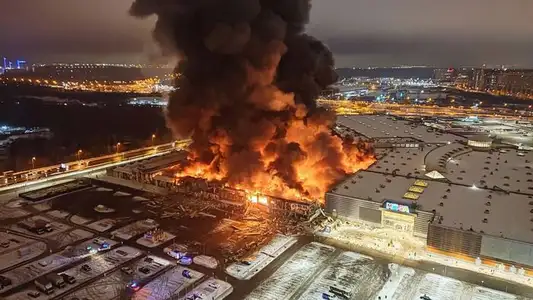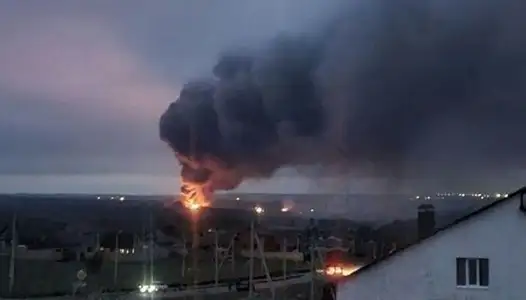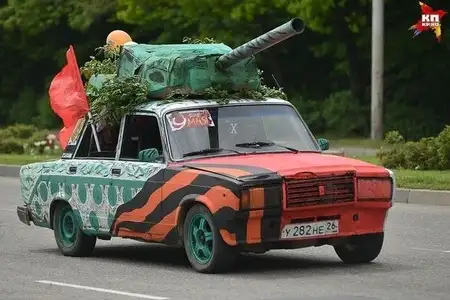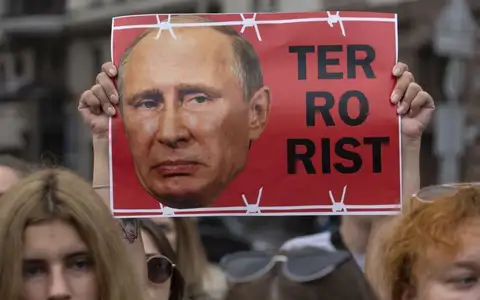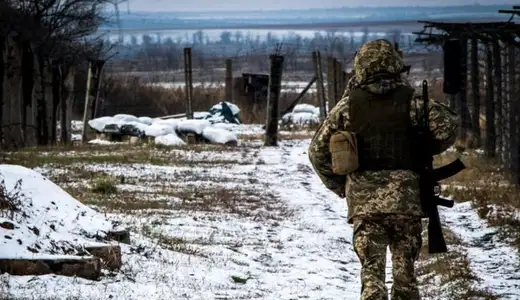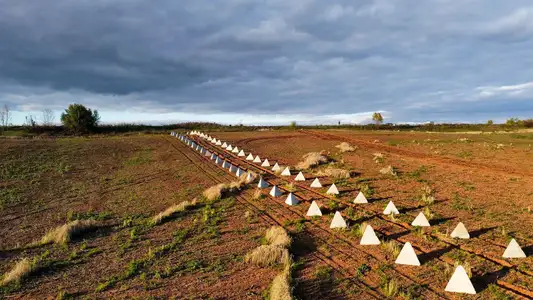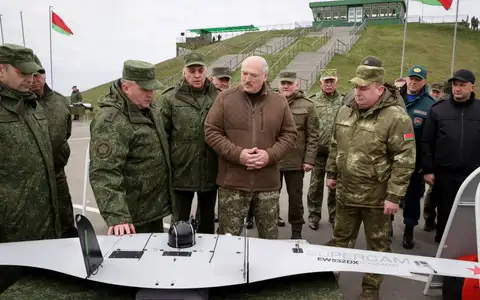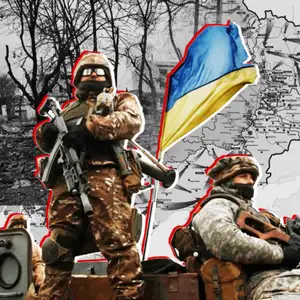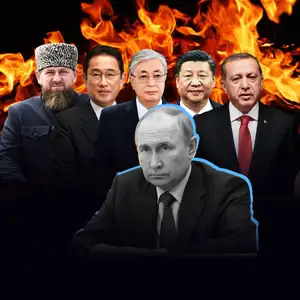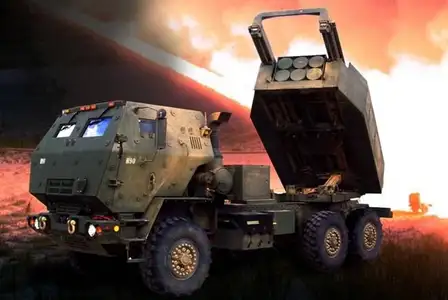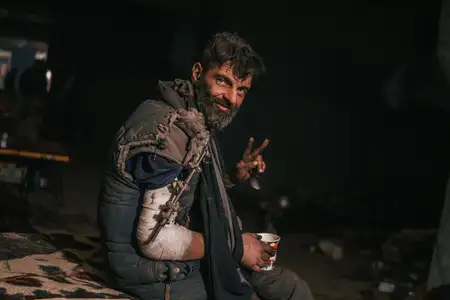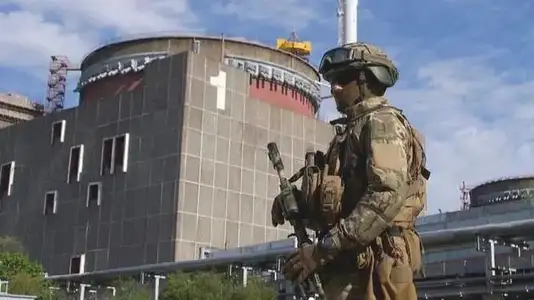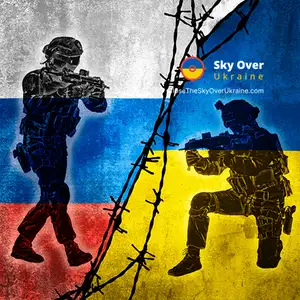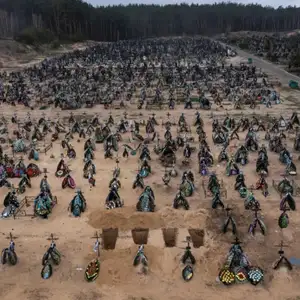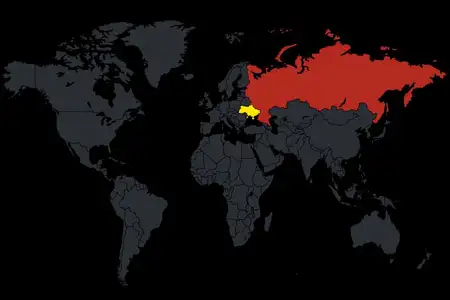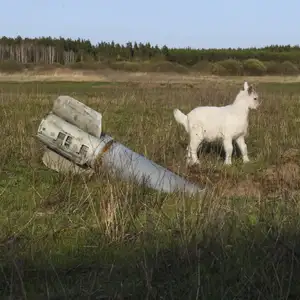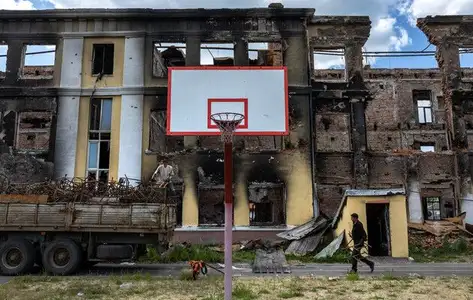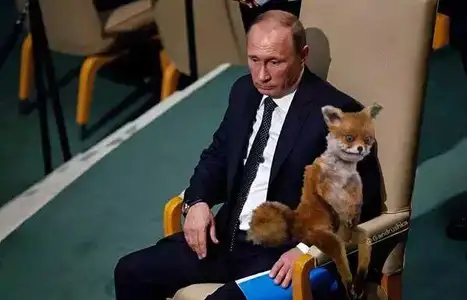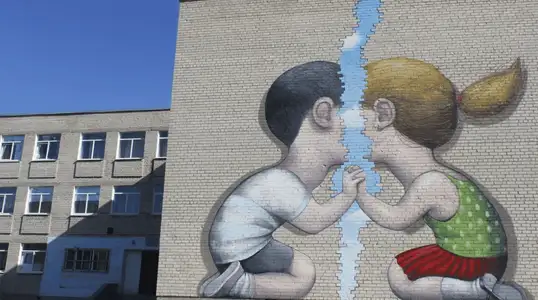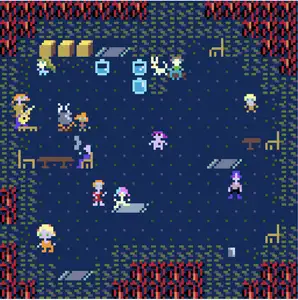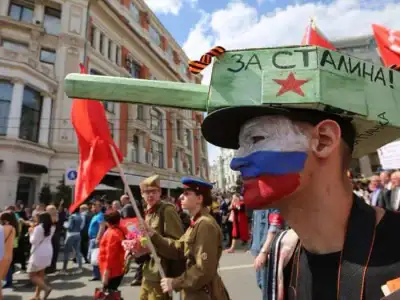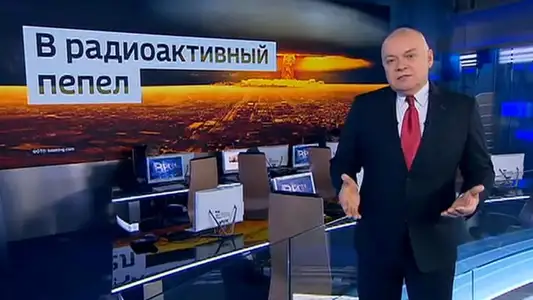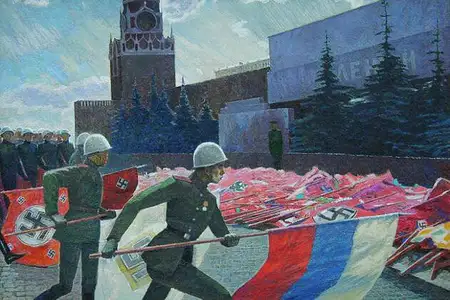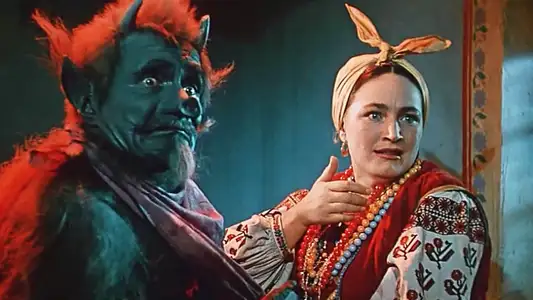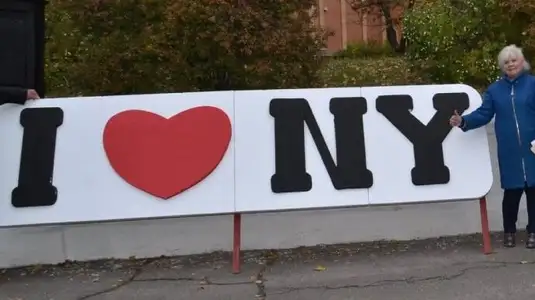What’s on the fronts: a new offensive soon?
For some time now, we haven’t received happy news about the liberation of new Ukrainian territories. On the contrary, there is more and more anxious talk about an impending offensive.
The war seems to have slowed down, transformed almost into a positional war. But given the preparations of both sides, it is quite possible that this is the “calm before the storm”. It is not without reason that many experts say that we are on the threshold of the most intense and probably the bloodiest phase of the war.
It is right time to review events on the fronts and consider the prerequisites that may condition the intensification of hostilities and the successes of both sides.
Donbas: the hottest area of Ukraine
In recent weeks, positional fighting in the main directions of the front has continued. The fighting is particularly fierce in the east, in the Donbas (Donetsk and Luhansk regions). Without significant territorial gains on both sides, but with heavy losses.
"The situation is very tough. There are constant Russian assaults in the area of Bakhmut, Vuhledar and other directions in the Donetsk region. There are constant attempts to break through our defenses. The enemy does not count people and maintains a high intensity of attacks despite its numerous losses," Ukrainian President Volodymyr Zelensky said in his video address in late January.
He noted that in some of its wars (for example, the Chechen wars – ed.), Russia has lost fewer people overall than in the Donetsk direction, in particular near Bakhmut.
At the same time, experts note that the Russians enjoy a relative advantage in the Donetsk region while the Armed Forces of Ukraine (AFU) in the Luhansk region.
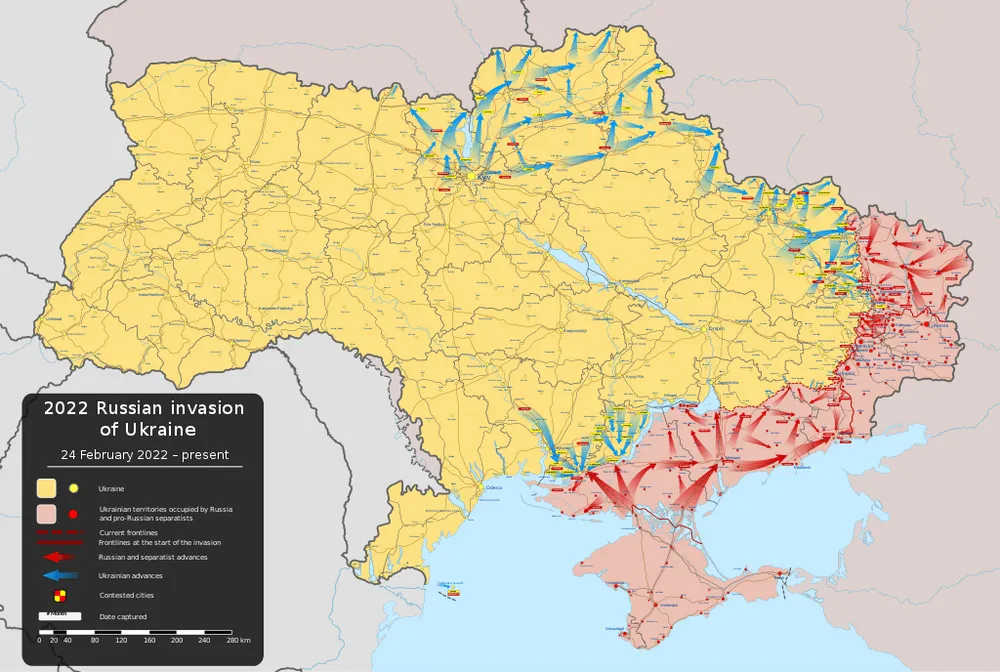
Military situation as of 2 February 2023 (Detailed interactive map)
- Donetsk region
The city of Bakhmut (formerly 80,000 residents) in the northeastern Donetsk region is strategically important to both the AFU and the Russian Armed Forces. A road runs from Bakhmut to Sloviansk, Kramatorsk, Kostiantynivka, and Siversk (Ukrainian-controlled cities in the Donetsk region). For the AFU, it is a very important transport hub. For the Russian army, the capture of Bakhmut could facilitate a quick offensive.
Near Bakhmut, the core of the Russian offensive is the terrorist Wagner Group PMC, which has thousands of prisoners in its ranks. For several months now, the Russians have been trying to encircle the city. To this end, they have already captured the small town of Soledar (formerly 11 thousand residents) at the cost of huge losses, and now they are trying to establish control over the town of Chasiv Yar (formerly 12 thousand inhabitants), but so far, they have had no success.
The second area of Russian attack is the small town of Vuhledar (formerly 14,000 residents) in yhr southwestern Donetsk region. Control of the town would open up the possibility for the Russians to use the railroad line that runs from Donetsk south to Mariupol and southwest to Crimea and the Kherson region. As long as Ukrainian forces hold Vuhledar, they can block this railroad. And since the Russians have troop logistics largely tied to the railroad, unblocking this branch would be a very big success for them. In this case, Russians could very quickly build defenses and concentrate troops in these areas. This would, on the one hand, help them to resist a possible Ukrainian breakthrough on this front line and, on the other hand, bring them closer to their goal of capturing the entire Donetsk region.
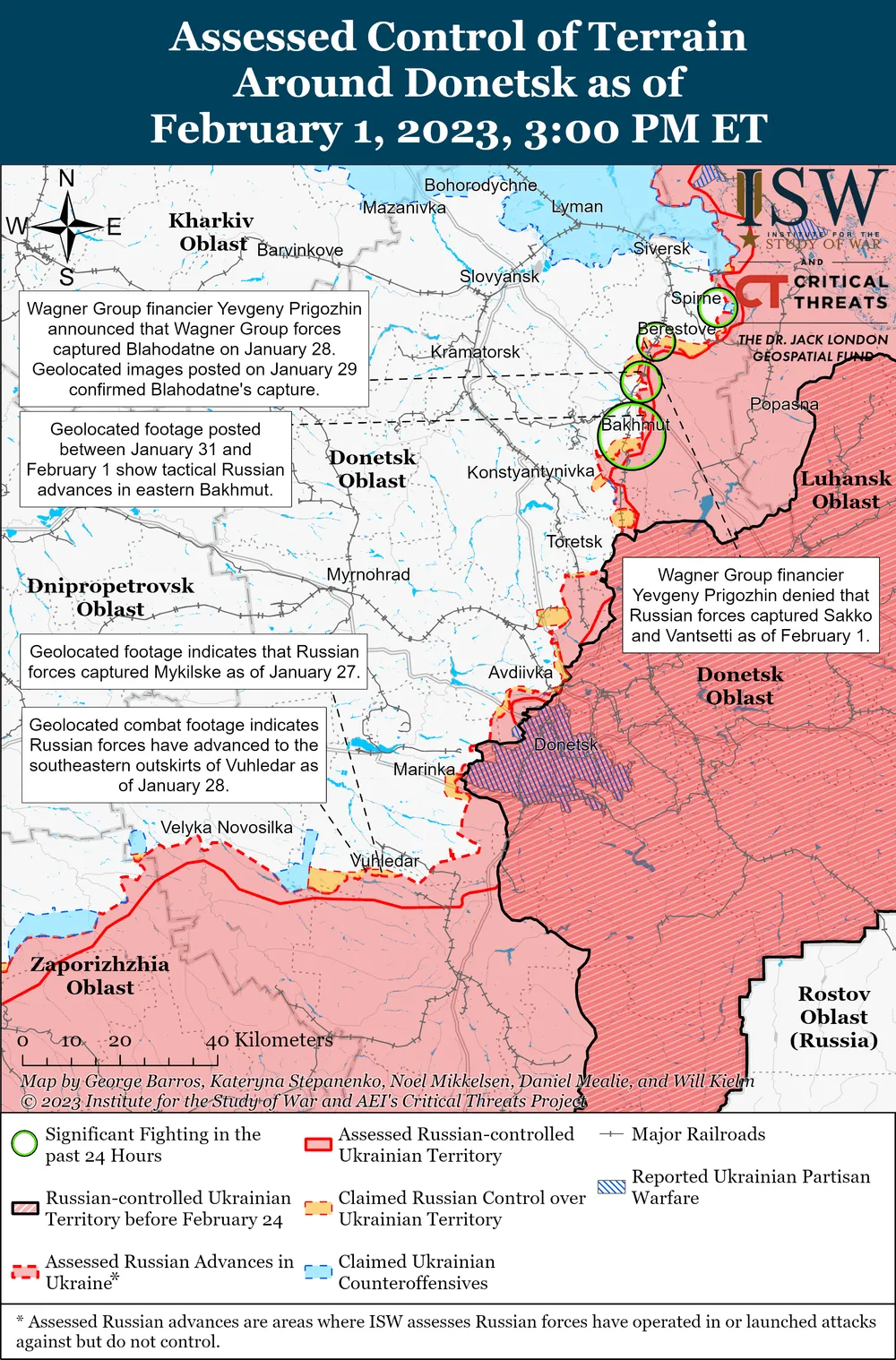
Military situation in the Donetsk region, ISW
So, there is particularly fierce fighting going on in these areas right now. The Russians, in fact, cannot show a significant technological advantage, but they still have a lot of resources. So, they are employing a "new" tactic with which they hope to capture these small but strategically important settlements: they are literally "flooding" the positions with their infantry (or rather with their bodies). More and more waves of "cannon fodder" try to march through the positions and are destroyed by the Ukrainian military in large numbers. Hence, by the way, the huge numbers of liquidated Russian servicemen reported by the AFU General Staff – for example, as of February 1, 920 occupants were liquidated in one day.
In general, according to experts, the situation is very difficult, but not yet critical for the Ukrainian forces.
- Luhansk region
In the Luhansk region, the most difficult situation is near Kreminna (formerly 19,000 residents). Strong forces are concentrated on both sides, and the front line remains virtually unchanged, according to local authorities. In the direction of Svatove (formerly 17 thousand residents) there is a certain advance of the AFU.
Although the occupiers are also sending significant forces in the Luhansk direction, the line of defense here is mostly held by mobilized Russians, very poorly equipped and trained. This is evidenced by the large number of videos that circulate online, in which the mobilized men complain that the conditions of their service are barely tolerable.
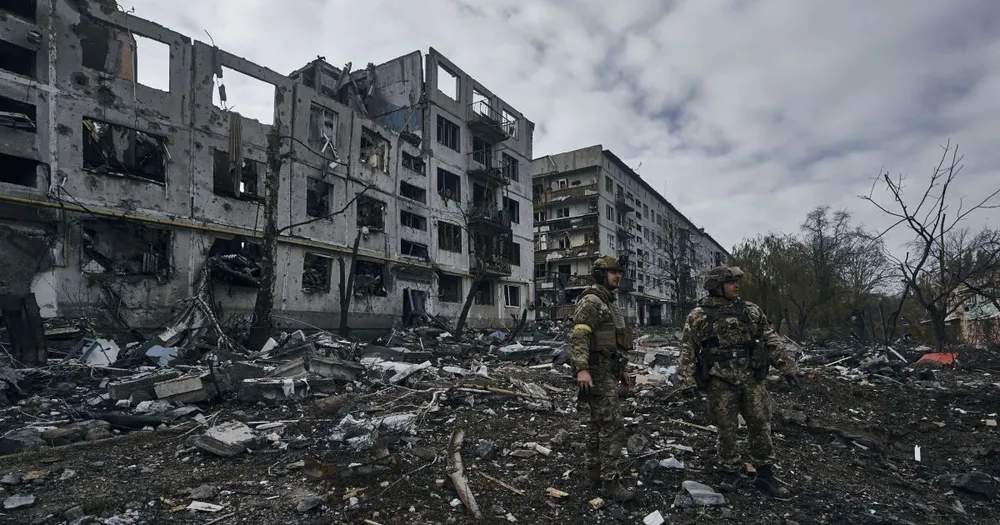
Destroyed city of Bakhmut
Is a new phase of the war about to begin?
ISW experts have divided the 11 months of the Russian full-scale invasion of Ukraine into three key phases, distinguishing the period of the occupiers' initiative, the counteroffensive by the AFU, and the period of the positional war
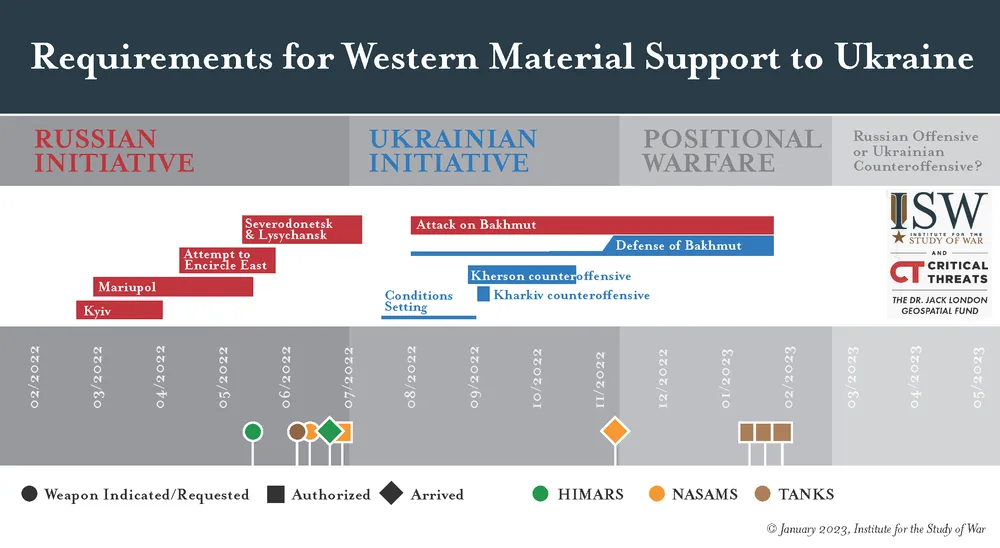
Three key phases of the Russian full-scale invasion of Ukraine, according to ISW
Analysts of the institute note that Russian troops had the initiative and conducted an offensive from February 24 to July 3, 2022. It was after the temporary occupation of Lysychansk (Luhansk region) at the beginning of July that their offensive in a number of directions reached its climax.
The Ukrainian military seized the initiative and launched the first major counteroffensive in the Kharkiv region on September 6. The large-scale fall counteroffensive culminated in the liberation of the western part of the Kherson region on November 11.
According to ISW analysts, since then Ukraine has failed to launch another major counteroffensive, allowing the war to be turned into a positional one. This phase allowed the occupiers to regain the tactical initiative.
In parallel, unable to achieve significant success on the battlefield, the Russians periodically carry out massive shelling of Ukrainian cities in an attempt to destroy or significantly undermine the civilian infrastructure. To date, there have already been 13 such full-scale missile attacks, as well as more than 10 Iranian drone attacks. However, Putin's strategy of total rocket terror has not worked: the Ukrainians have not resisted less actively.
As for the Ukrainian side, the Western aid delivery scheme had a significant impact on the course of the war. The delivery of U.S. 155 mm artillery systems in April and then HIMARS in June were important factors in the preparation of the Ukrainian counteroffensive.
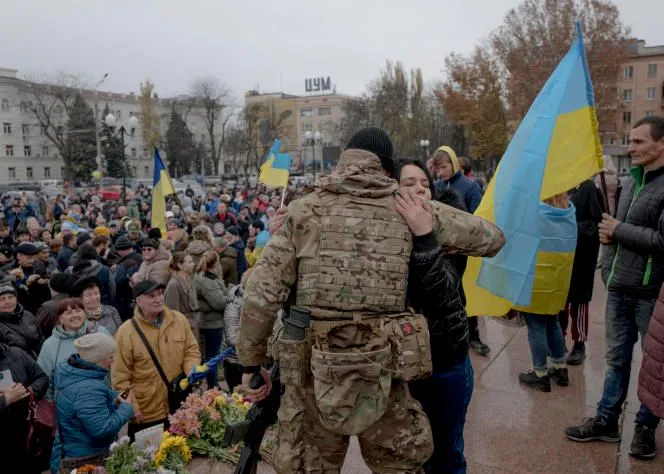
Liberated Kherson
In our article New weapons for Ukraine: How can they change the course of the war? we looked at how Western partners' attitudes toward the war in Ukraine have changed and how this has affected arms deliveries.
Many analysts, officials and respected media outlets have been talking a lot about Russia's impending new offensive and, as a consequence, the beginning of a new phase of the war. Most speak of spring, some even of February.
Russia is actively preparing for a new offensive
NATO Secretary General Jens Stoltenberg said on January 30 that he sees no signs that Russia is preparing for peace talks, but observes just the opposite. Putin maintains his "maximalist goals" in Ukraine.
Russia's active preparation for "something grand" is evidenced by several signs:
- A relentless buildup of its forces
President Vladimir Putin is shifting the economy to a war footing to produce new tanks and missiles, apparently preparing for a protracted war. "The Russian economy, which has virtually ceased to exist as a free economy, as a market economy, has in recent months been actively shifting precisely to military rails. And we can analyze the economic policy, as far as it exists at all in the Russian Federation. Of course, this is a sign of mobilization measures," Andriy Yusov, spokesman of the Main Intelligence Directorate (MID) of the Ukrainian Ministry of Defense, noted.
- Strengthening cooperation with "brotherly" states
Stoltenberg noted that in addition to building up its own production, Russia continues to receive munitions and other equipment from friendly authoritarian regimes such as Iran and North Korea.
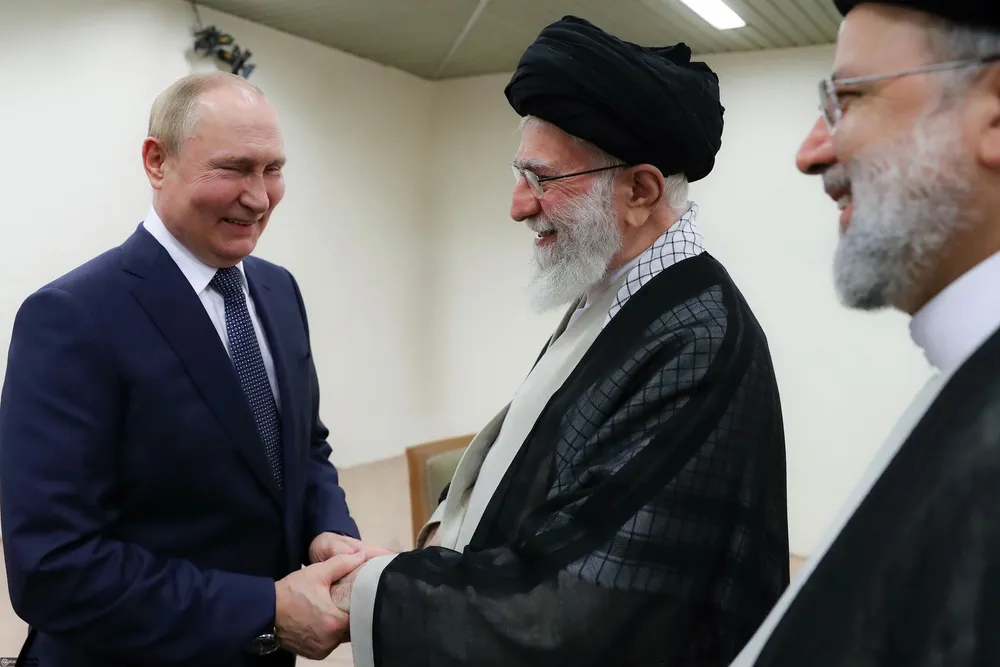
In addition, according to ISW, Russia is strengthening economic ties with Iran in parallel. For example, the countries have set up a banking messaging system between them, which is analogous to the SWIFT system. Consequently, we should only expect military cooperation between the two dictatorships to intensify.
- A new wave of mobilization
Stoltenberg stated that Russia could mobilize up to 200,000 servicemen. Ukrainian intelligence has information regarding plans to start a new wave of mobilization and increase the conscription age in Russia, as well as restrictions that have already come into effect on the departure abroad of men of conscription age.
British Intelligence notes: "The Russian leadership highly likely continues to search for ways to meet the high number of personnel required to resource any future major offensive in Ukraine, while minimising domestic dissent”. As confirmation, the cases of men being prevented from traveling abroad are cited, as well as the fact that Putin's press secretary Dmitry Peskov said on January 23 that the decree on "partial mobilization" remains in force. This is how he answered the question of why this measure was not officially cancelled, as previously stated.
- A personnel reshuffle in the Russian army
Valery Gerasimov, the head of the Russian General Staff, was appointed direct head of Ukrainian “operations”, which many analysts saw as a presage of a major offensive.
Thus, the NYT notes in its piece that Gerasimov and Defense Minister Sergei Shoigu expressed dissatisfaction with the position of the previous head of "operations" in Ukraine, Sergei Surovikin, who had excelled in defense, and suggested returning to a "hyper-offensive" with the potential initial goal of taking the city of Kramatorsk (Donetsk Region, previously 147,000 residents). This proposal coincided with the position of Putin, who still insists that Russia will take Donbas and even Kyiv. Therefore, military officials and analysts expect Gerasimov to be under tremendous pressure to mount a successful offensive this spring.
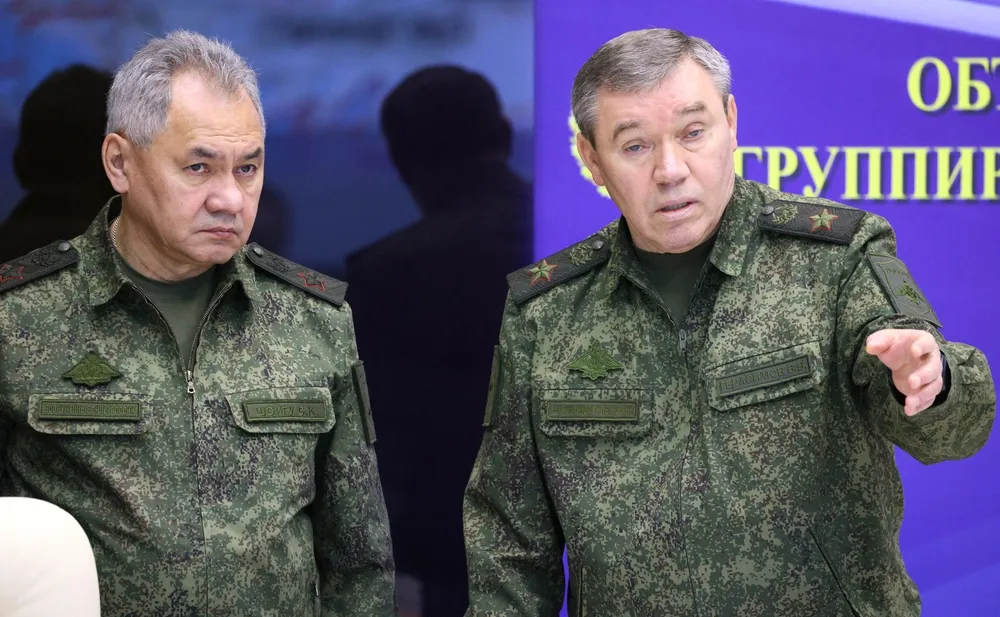
Andriy Yusov, spokesman of the MID, also stated recently that the Donetsk region remains the main area of focus for Russian forces:
"After another personnel reshuffle in the occupation army, one of Putin's key tasks for Gerasimov is the complete occupation of the Donetsk region by March. This means that the Donetsk direction and the situation in the east will continue to be the hottest. [...] From the propaganda point of view, from the beginning of the invasion, the "protection" of the Donbas and these quasi-formations "LPR"& "DPR" was one of the key motives of Putin's propaganda”.
How is Ukraine preparing?
As The Guardian notes in its article 'The big battle is coming: Ukrainian forces prepare for the war's most intense phase, “The third phase is about to start, an all-out battle for decisive advantage using combined arms – mechanised infantry, artillery, air power and possibly waterborne assault – to overcome fixed positions”.
"The world has not seen anything like it since the Iran-Iraq war in the 1980s, while Europe has witnessed nothing of its kind since the second world war," the publication stresses.
The secretary of the Ukrainian National Security and Defense Council, Oleksiy Danilov, predicts that given Putin's special love for symbolic dates, a repeat offensive by Russian forces may begin in the Donetsk and Luhansk regions before February 24. Danilov said that the Ukrainian military needs to be in maximum concentration and readiness now, as Russia has a lot of mobilized men and equipment. At the same time, the official assured that Ukraine is "powerfully" preparing for a possible new Russian offensive.

Naturally, the partners do not stand aside. Western countries understand that freezing the war could play into Putin's hands. Therefore, in addition to increasing supplies of tanks, artillery and infantry fighting vehicles, the U.S. and its allies should also expand and accelerate the training program for the Ukrainian military. The U.S. is currently working on this issue. According to The New York Times, such an expanded training program will change the dynamics on the battlefield and enable the AFU military to use the new weaponry in tandem.
Thus, the combination of well-timed deliveries of new weapons, high technological standards, intensive training of the Ukrainian military and their high professionalism and unwavering motivation is a guarantee that the AFU will be able to contain the new invasion of the occupiers. And in perspective to prepare for their own counteroffensive.
What are the plans?
Even the most successful offensive on either front is unlikely to end the war. Ukrainians have seen too much of Russia’s genocidal intent in occupied territory to contemplate surrender, while Putin has made victory an existential matter for his regime, The Guardian writes. And we share the publication's view.
However, according to the outlet, the offensives and counter-offensives over the coming few months could be decisive in setting the trajectory for the rest of the conflict. Ukraine’s success or failure will have an important effect on the stamina of the country’s backers to continue supplying advanced armaments, Kyiv’s strategic advantage.
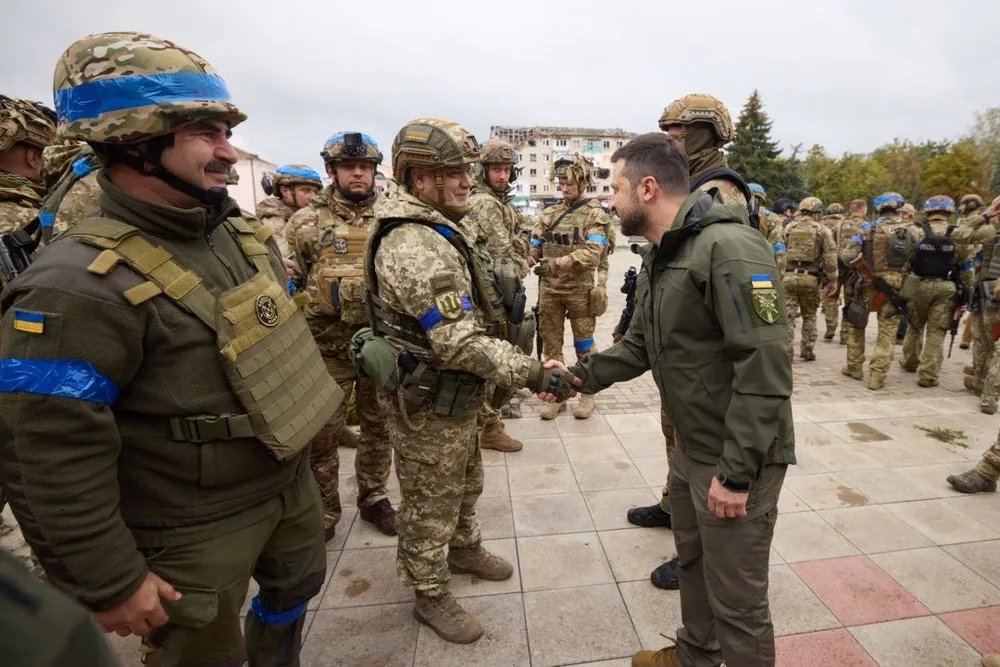
According to Volodymyr Zelensky, Ukraine is doing its best to ensure that the pressure of the AFU does outweigh the assault capabilities of the occupiers, and it is very important to maintain the dynamics of defense support from partners in doing so.
"Speed of delivery has been and will be one of the key factors in this war. Russia hopes to prolong the war, to deplete our forces. We must make time our weapon. We have to speed up events, speed up deliveries and opening up new necessary armed options for Ukraine," Zelensky said.
"All of this (Russia's preparations – ed.) suggests that Putin has effectively acknowledged the failure of the so-called "special military operation" as a short-term operation and is transitioning to life in war mode, when the entire Russian society will accept for a long time such a reality as "war is the norm" for itself. These are Putin's plans. This does not mean that they will be put into practice. Ukraine has its own plans and the free world has its own plans. Our plans are to liberate our territories as soon as possible. And for us, 2023 should not be the year of a protracted war according to Putin's plans, but the year of the liberation of our territories," Andriy Yusov summed up.
As before, Ukrainians are ready to continue to fight hard for the independence, freedom and integrity of their country. As before, the issue rests with the West's unchanged position in supporting Ukraine and its intensity.
Anastasiya Glotova

